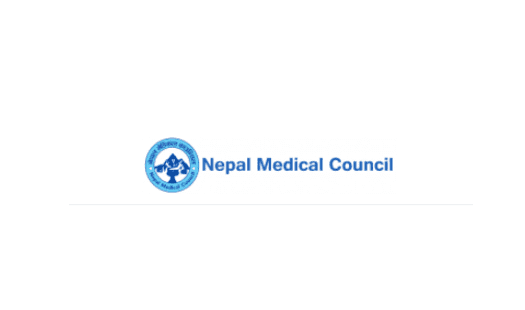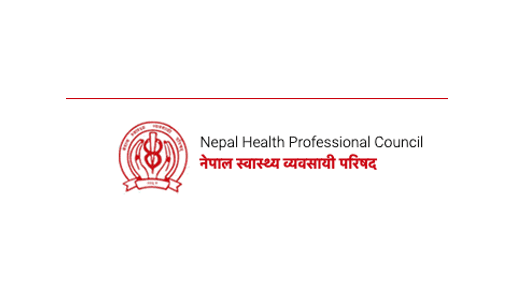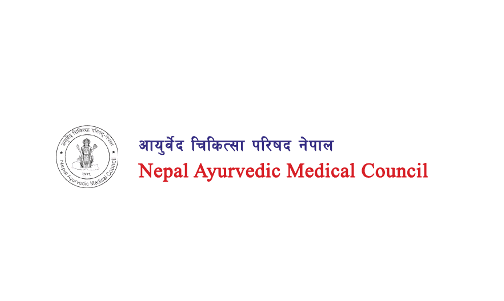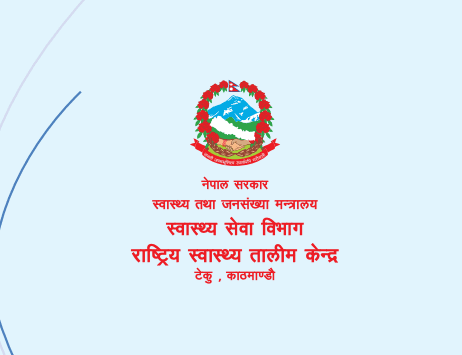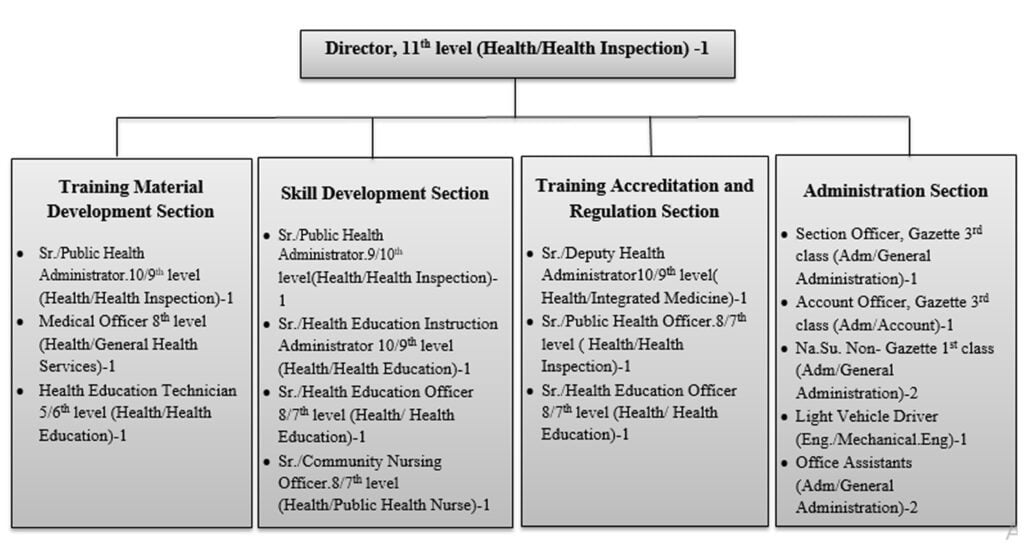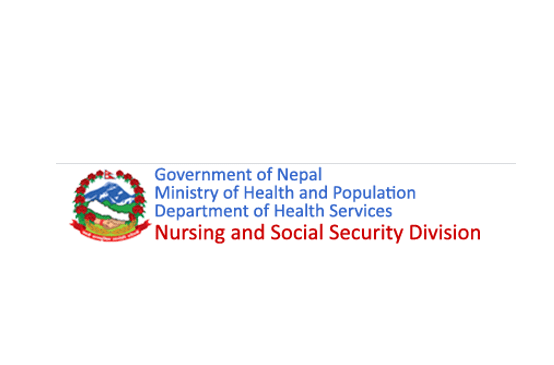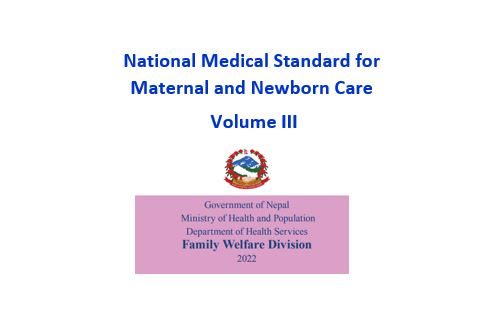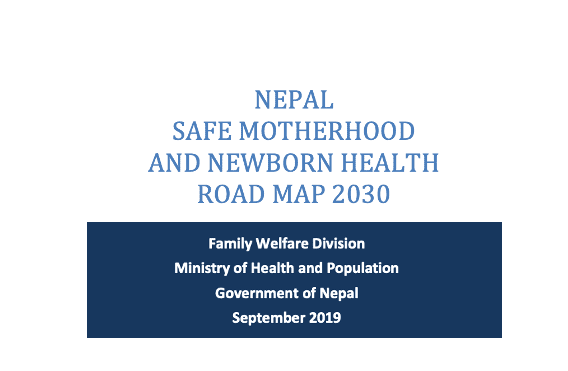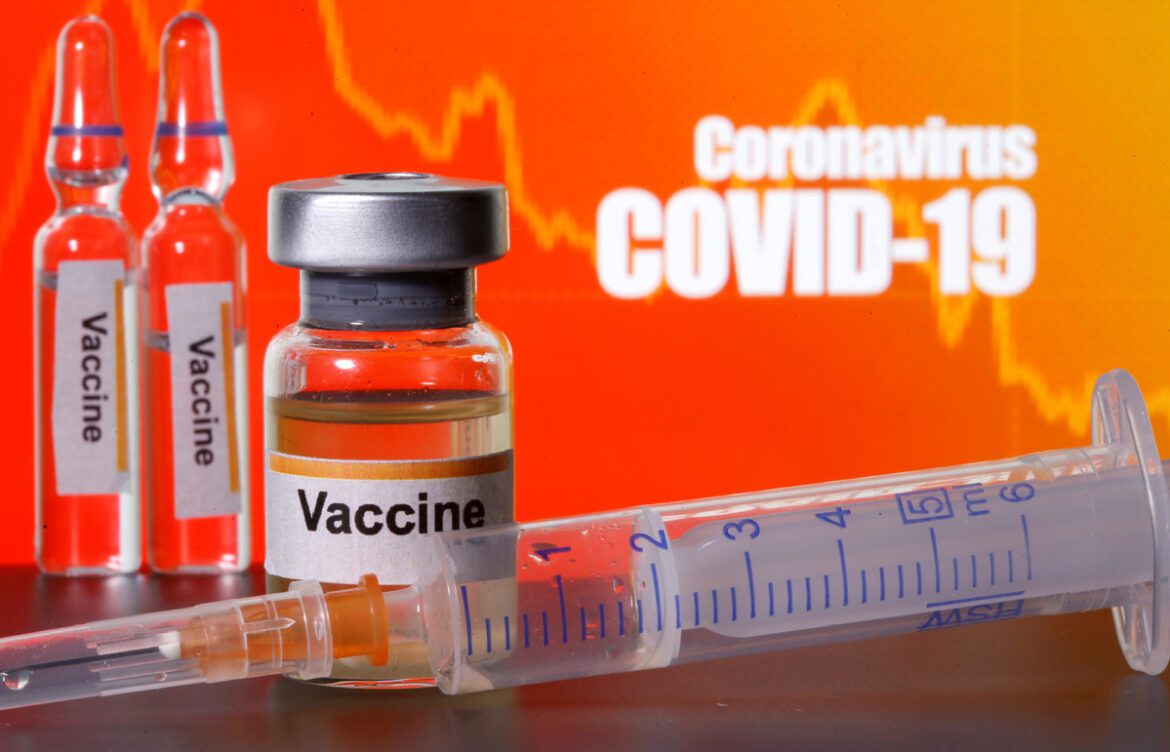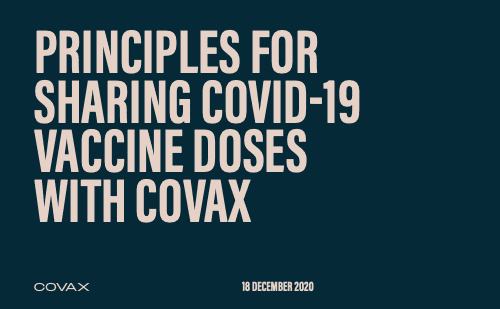Overview
Nepal Medical Council (NMC) is a statutory organization established under the Act. The major functions of Nepal Medical Council is to provide registration to both National Doctors and Foreign National Doctors with Medical Degree/ Diploma, recognize Medical/ Dental Colleges, which meets standard criteria, and permit them to enroll students and run Academic (Medical/ Dental) programs.
Related
- Nepal Nursing Council (NNC)
- Nepal Medical Council (NMC)
- Nepal Health Professional Council (NHPC)
- Nepal Pharmacy Council
- Nepal Ayurvedic Medical Council (NAMC)
Nepal Medical Council is also responsible for providing Eligibility Certificate to those who possess minimum qualification and wants to pursue Medical Degree/ Diploma from abroad. If any NMC registered doctors or/ and Medical/ Dental Colleges are found to be violating NMC rules and regulations or involving in any fraudulent acts related with medical practices, Nepal Medical Council have right to stop such misconducts and can recommend legal actions against such deceitful acts.
In addition to this, Nepal Medical Council has been conducting Licensing Examination for under graduates and Speciality Examination for post graduates, effectively studying and investigating the complaints registered against the subjects related with health practices as well as doctors’ profession, providing temporary license for foreign doctors to practice medicine in Nepal and preparing and implementing Accreditation Guidelines to operate academic programs for Medical/ Dental Colleges.
Roles and functions
The primary role of the Council has been to register qualified doctors to the Register of NMC and allow them to practice safe modern medicine. The role of NMC has evolved over the period of time: From mere registration of doctors that are eligible to practice modern medicine to conducting licensing examination before registration, to monitoring and regulation of medical education in the country. With enforcement of the new Health Professional Education Commission (HPEC) Bill the role of NMC in medical education is being shifted to HPEC. NMC now onwards will be focusing on the following major areas of work:
- Improve the standards of the Medical licensing examinations and specialist examinations.
- Establish and enforce Continuous Professional Development of the medical practitioners.
- Monitor, encourage and enforce ethical medical practice in all spheres of healthcare.
Registered professionals
Total Registration Status
| Type | Male | Female | Total |
| MBBS | 15485 | 7661 | 23146 |
| BDS | 1118 | 2082 | 3200 |
| Total | 16603 | 9743 | 26346 |
Specialist Registration Status
| Type | Male | Female | Total |
| MD/MS | 5213 | 1972 | 7185 |
| MDS | 317 | 256 | 573 |
| Total | 5530 | 2228 | 7758 |
Update: 31st December, 2019
Contact
Nepal Medical Council
Bansbari, Kathmandu, Nepal.
Post Box no.: 13890
Tel: +977-1-4371954/4377164
FAX: +977-1-4372318
E-mail: nmc@nmc.org.np
URL: www.nmc.org.np
Recommended organizational profile
- Organogram and Reporting Mechanism of Nepalese Health System in Federal Context
- Province Health Directorate (HD)
- The Nursing and Social Security Division (NSSD)
- Clinical Trial Registration Process in Nepal
- NepMed, Nepal MEDLINE (Medical Literature Analysis and Retrieval System Online)
- Nepal Health Research Council (NHRC)
- The Ministry of Health and Population (MoHP), Nepal
- Epidemiology and Disease Control Division, Department of Health Services
- Department of Drug Administration (DDA), Ministry of Health and Population
- Department of Health Services (DoHS), Ministry of Health and Population
- Department of Ayurveda and Alternative Medicine (DoAA)
- Management Division, Department of Health Services
- Epidemiology and Disease Control Division, Department of Health Services
- Family Welfare Division (FWD), Department of Health Services
- National Public Health Laboratory (NPHL)
- Province Health Directorate, Ministry of Social Development (MoSD)
- List of Approved Institutional Review Committee (IRC), NHRC


